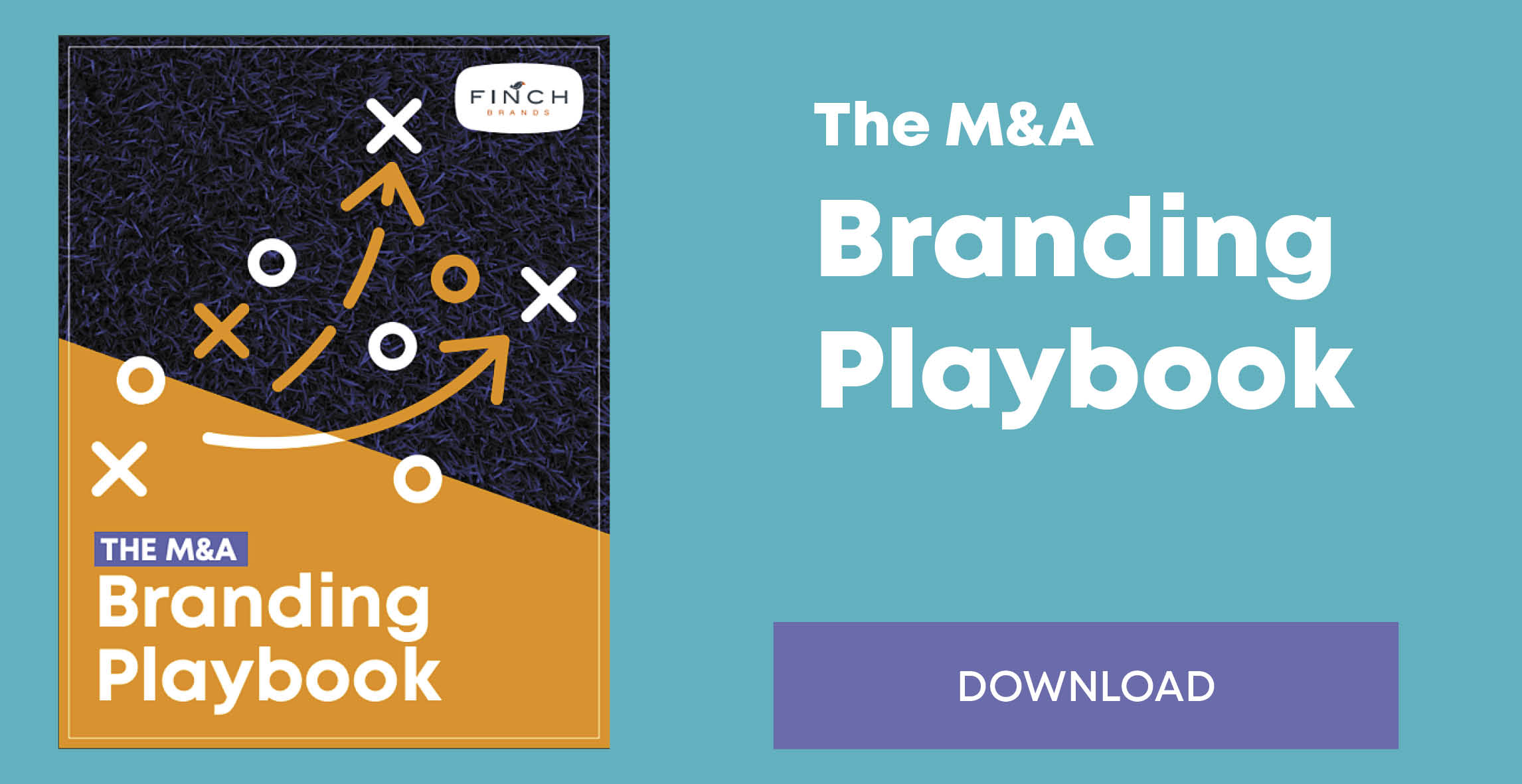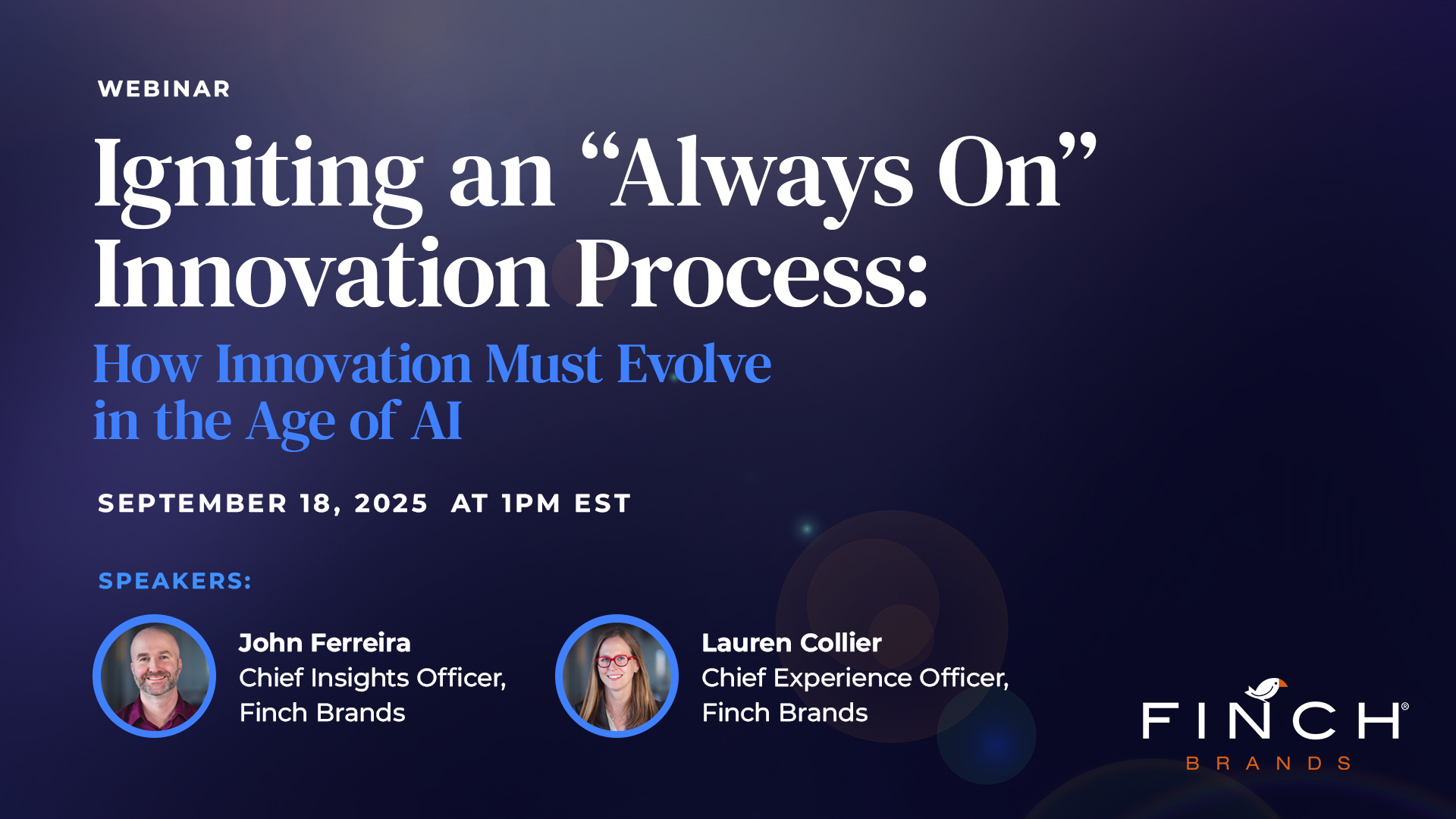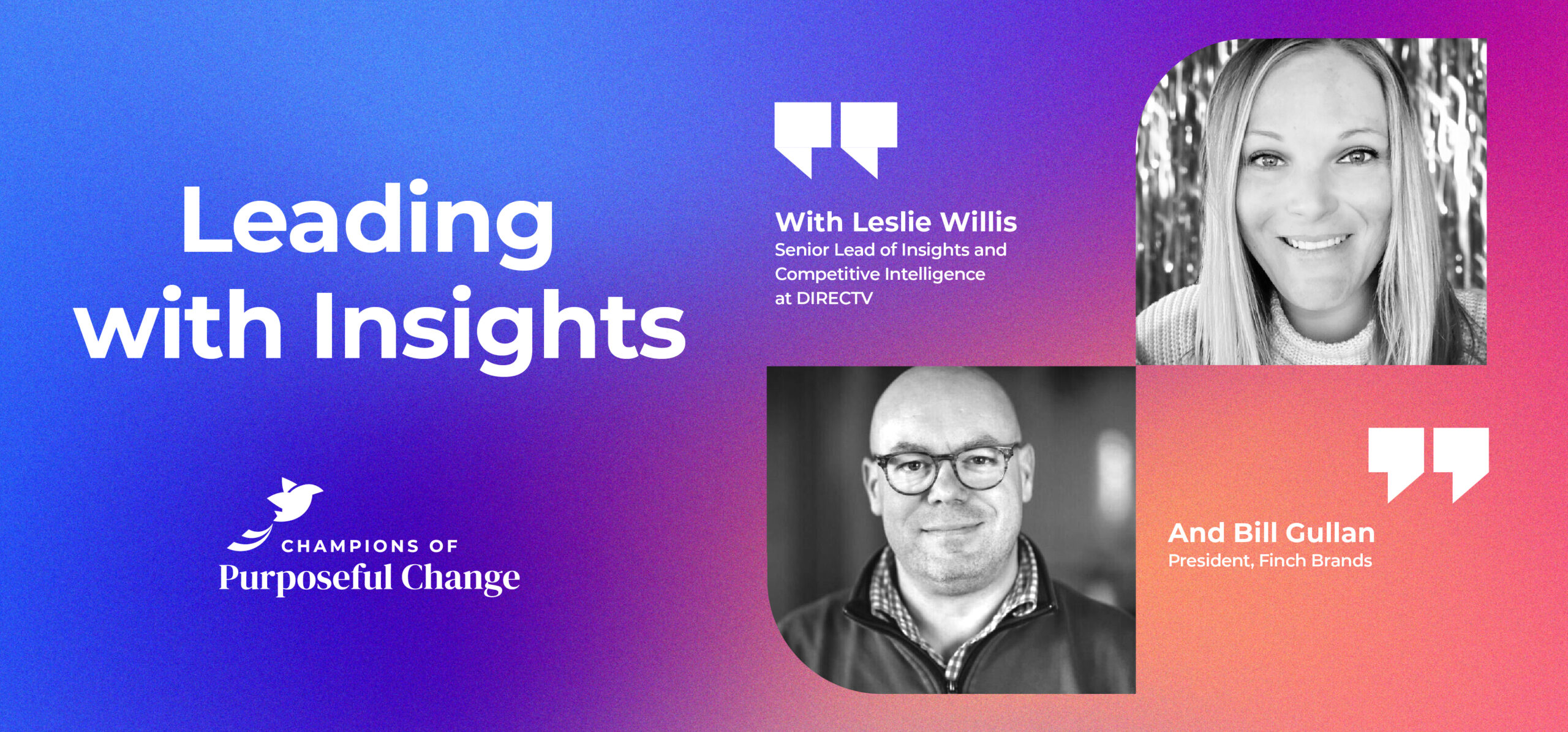Start with Listening: Insights and M&A

The M&A branding process can feel fast and chaotic, and given everything else a leadership team is managing, overwhelming.
As such, it is easy to forget the importance of active listening in both defining the right path forward and managing stakeholder expectations and emotions.
As with most M&A decisions, the branding process involves navigating the many data sets, opinions, emotions, and needs of employees (existing and new), customers, and other stakeholders. And while it’s impossible to create a go-forward brand plan that aligns to everyone’s expectations, learning from and getting buy-in from all groups is crucial to the success of the branding process.
The process by which branding decisions are made is often just as important as the content of those decisions — a wider process helps ensure people get behind the go-forward brand direction. All key M&A decisions (the emergent entity’s positioning, identity, marketing model, etc.) are based in part on a process to define the desired “from-to.” That is, we must document current perceptions while outlining the company’s vision of the future. The M&A branding process is about how we go “from” today “to” what we envision for tomorrow.
There is a time to listen and a time to lead. This process is not about abdicating the management team’s responsibility, but rather collecting insights and identifying opportunities and risks so that decision-makers have a complete perspective. Creating a comprehensive yet efficient stakeholder insights process can ensure one is well-informed when it comes to perceptions, risks, and opportunities.
Internal Insights
The best brands are built from the inside out. This is especially true in M&A situations because leadership will rely on customer-facing teams to carry the message of the transaction to the marketplace. As such, team members of the various M&A parties have both unique insight to shape the work and a high degree of emotional investment in what emerges from the process.
Customer-facing team members see the brand of today through the clearest lens and can help leadership understand reputational factors germane to decision-making. Often, companies involved in an M&A process were previously competitors and faced off in RFPs and other business development situations. This brings a valuable, practical perspective to brand equity and the strengths and weaknesses of brands in the deal.
Teammates can also weigh in on the important cultural elements of their company. This is essential intel so that leadership can understand the factors that will drive change management and cultural integration. “From-to” is not just about marketplace perceptions, but also desired culture shifts.
We recommend a comprehensive (yet efficient) process to capture, manage, and filter insights from teammates across all entities in the deal. Typically, this means in-depth interviews (IDI) with key functional leaders/representatives chosen due to their insight and/or their internal influence. Beyond interviews, we suggest a full-team survey to cover branding and cultural elements.
External Insights
Customers of both the acquired and acquiring businesses are obviously key constituents with short- and long-term questions that require ready answers and confident communication. Within the learning process, customers and prospects help inform key branding decisions.
A skillful voice-of-the-customer (VoC) insights program can help leadership:
– Understand the relative strength and meaning of existing and acquired brands
– Assess opportunity and risk of possible brand changes
– Document areas of strength or weakness in the customer journey
– Expand the company’s point of view on the dynamics shaping the category and customer
– Uncover customer needs that are not being well-met today
– Document competitor strengths and reputation
– Road test messaging and other post-M&A directions
With the above data in hand, leadership can begin to approach key brand questions around messaging, brand architecture, nomenclature, design approach, and beyond. This process need not be slow or expensive.
When possible, we usually recommend a mix of qualitative and quantitative research techniques. Qualitative methodologies (interviews, focus groups) provide depth and texture, while quantitative approaches (surveys, etc.) provide statistically valid answers we can extrapolate across the broader market. Depending on the category, it makes sense to include customers, prospects, and lapsed/lost customers in any research endeavor.
Ultimately, decision-making strength is based on the knowledge base that informs decisions. Thus, a well-managed, active listening process is an important ingredient in any M&A branding process. With it, leaders can approach decisions with clear eyes. Without it, there is risk of bad calls, cultural disunity, and customer attrition.







